All products featured are independently chosen by us. However, SoundGuys may receive a commission on orders placed through its retail links. See our ethics statement.
Best noise canceling headphones
May 23, 2025
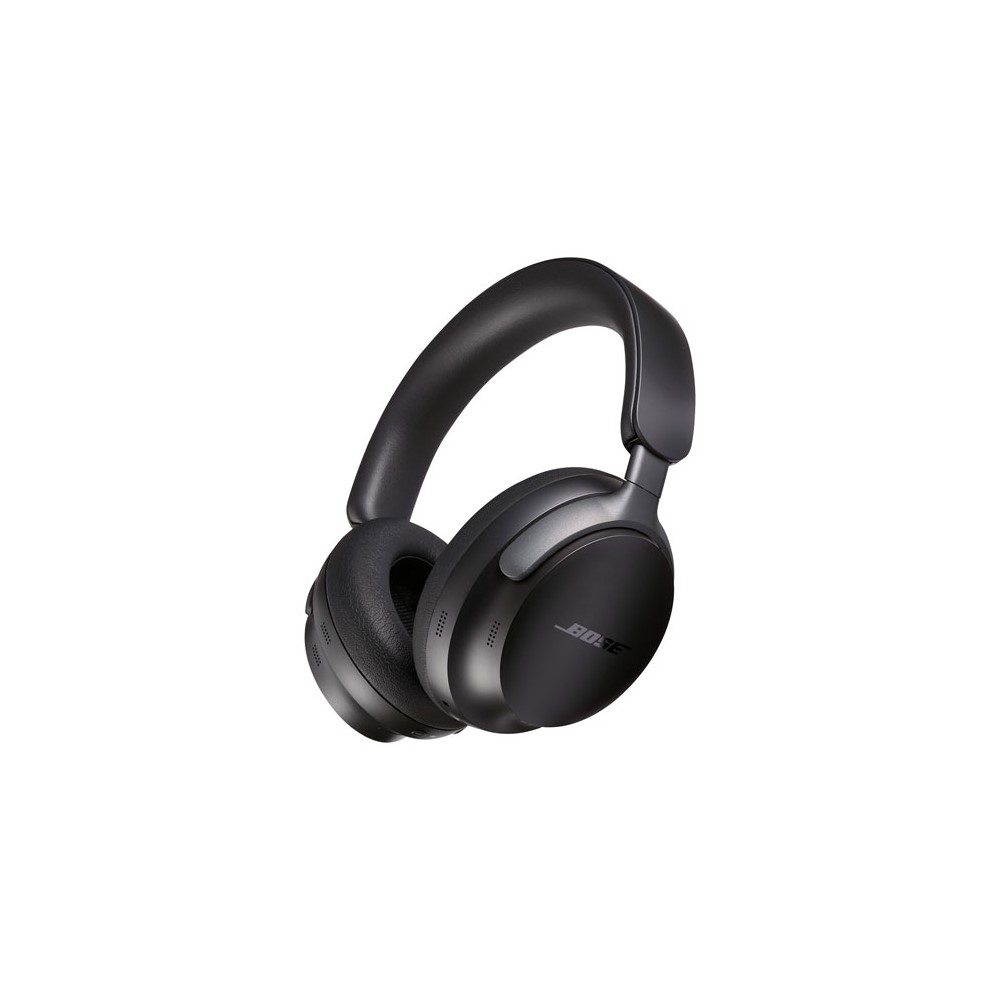
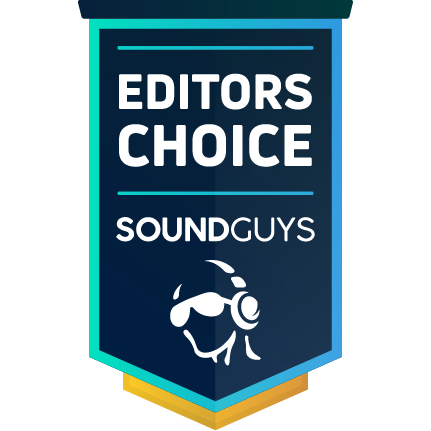





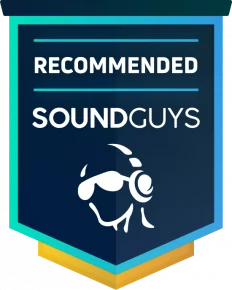


Sometimes, listening to the sounds of nature or the sounds of the people around you can be an enlightening experience, but sometimes, you just need a vacation from the world. As people who ride subways and buses every day, we know how necessary it is to block out the world sometimes just to keep your sanity—and hearing—intact. Whether you’re always in crowded areas, working at your desk, or a frequent commuter, noise canceling can be a much-needed feature. Here are the best noise canceling headphones currently on offer based on our experience and testing.
- May 23, 2025: Added the Sony WH-1000XM6, JBL Tour One M3.
- April 2, 2025: Updated formatting, information.
- February 14, 2025: Added the Marshall Monitor III ANC as a notable mention, and removed the Monoprice BT-600ANC.
- February 5, 2025: We ensured the timeliness of the information in the article for the new year.
- December 12, 2024: We fixed links, assets, and associated content.
- November 28, 2024: We added a new video allowing readers to hear for themself the ANC performance of headphones.
- October 16, 2024: We added alt text to our isolation charts, expanded the introduction, and changed the featured image.
- June 3, 2024: We added a section on the Sonos Ace and the JLab JBuds LUX ANC to the notable mentions.
At SoundGuys, we understand the importance of this feature. As part of our testing process for every pair of headphones we review, we play a sample of shaped noise over loudspeakers and record with our artificial head. We do this with each set of headphones with ANC enabled, ANC disabled, and the headphones off the head. After subtracting each curve from the control sample, we can display the data in a way that makes sense. In our charts below, you will see exactly how well the isolation and the ANC perform, with a percentage of the perceived loudness of audible noise around you reduced.
Everyone can benefit from noise canceling headphones. Besides sound quality, a good pair of noise canceling headphones does two things: provide a comfortable fit for extended use and also accurately cancel out unwanted outside noise. Without getting too technical, Active Noise Cancelation (ANC) is achieved by using built-in microphones that pick up what is going on around you. The headphones then produce their own out-of-phase sound waves that destroy outside noise. With so many options out there (and a lot of them are quite expensive), we decided to make a list of the best noise canceling headphones you can get.
Take SoundGuys’ quiz to find your best fit
The Sony WH-1000XM6 have the best blend of ANC and sound quality
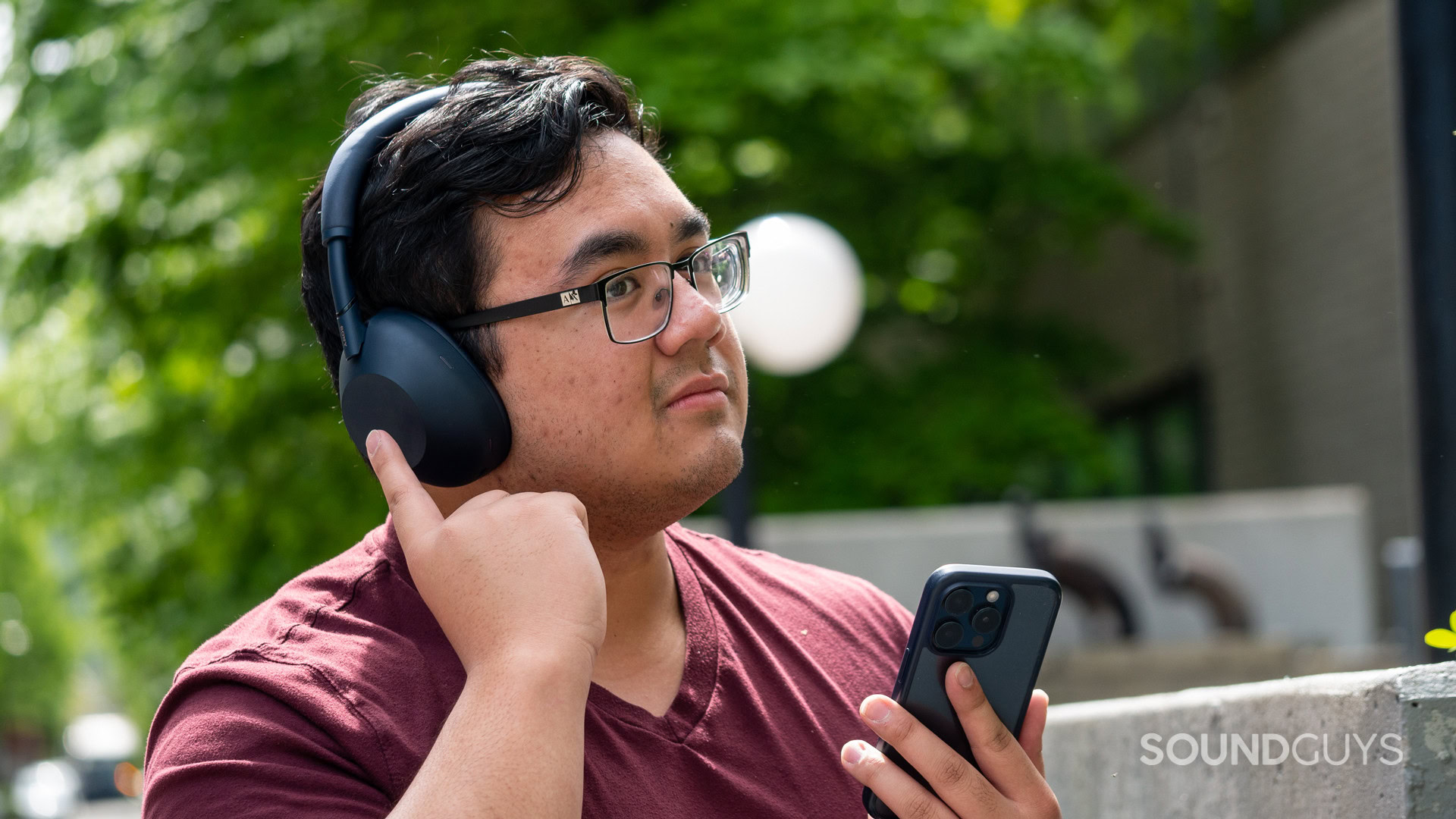
Released in mid-2025, the Sony WH-1000XM6 leapfrogged its predecessor, the WH-1000XM5, for the crown of best ANC headphones. With very strong ANC performance, solid features, and decent sound: it’s hard to argue against the latest Sony offering taking the top spot in our list. However, it may not stay for long, given that its connection options are going to feel a little dated as more models come out in the next few years.
Loading chart ...
The Sony WH-1000XM6 ties the JBL Tour One M3 and Apple AirPods Max for raw ANC performance and slightly edges out the Bose QuietComfort Ultra—though not by any obviously audible amount. It does so off the back of extremely good isolation.
Loading chart ...
The default profile of the Sony WH-1000XM6 is very consumer friendly, offering more bass and some ranges of treble over the SoundGuys Headphone Preference Curve. If you find either of these ranges objectionable, the app does a fairly good job of allowing you to tailor things to your preferences. However, that spike at 10kHz is very difficult to EQ away.
The chart below shows how the sound of the Sony WH-1000XM6 was assessed by the Multi-Dimensional Audio Quality Score (MDAQS) algorithm from HEAD acoustics.

The Bose QuietComfort Ultra Headphones are a close runner-up
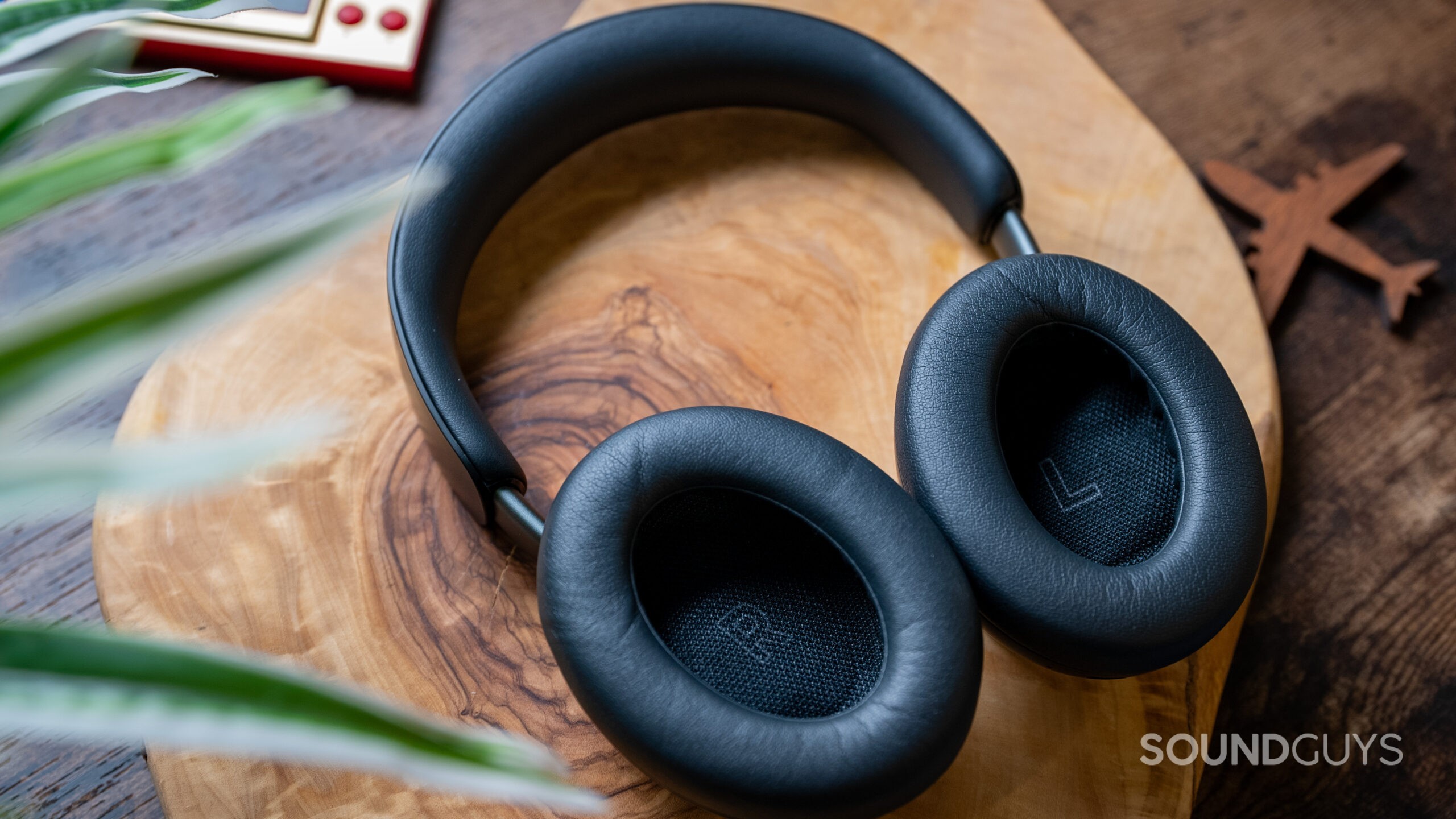
The Bose QuietComfort Ultra Headphones offer outstanding noise cancelation capabilities that make them a top choice for the best noise canceling headphones. In our testing, we found headphones were able to reduce loud sounds like bus engines, train screeches, and airplane noise by about 86% and block out a significant amount of ambient noise across the entire frequency range.
Loading chart ...
The large, dense ear pads create an excellent seal on the head, providing excellent passive noise isolation as well. With their exceptional noise cancelation along with premium audio quality and wireless connectivity features like support for Snapdragon Sound and aptX Lossless, the Bose QuietComfort Ultra Headphones emerge as one of the premier noise canceling headphone options on the market.


Loading chart ...
Our headphone preference curve can be used to compare these headphones to what we think they should sound like, but remember that these headphones’ CustomTune feature adjusts their sound to meet your biology.
The chart below shows how the sound of the Bose QuietComfort Ultra Headphones was assessed by the Multi-Dimensional Audio Quality Score (MDAQS) algorithm from HEAD acoustics.
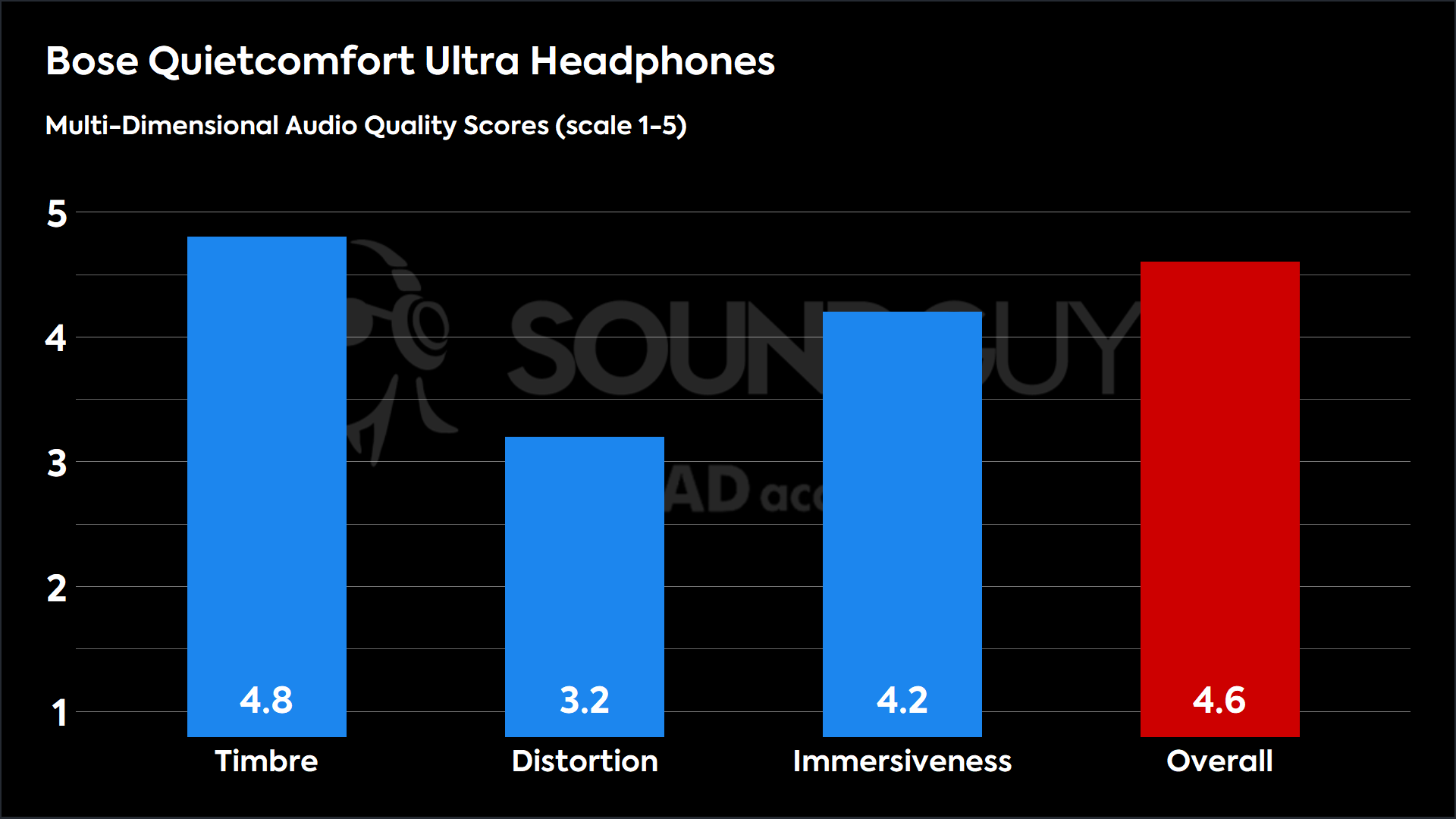
The Apple AirPods Max offers the best noise canceling for iPhone owners
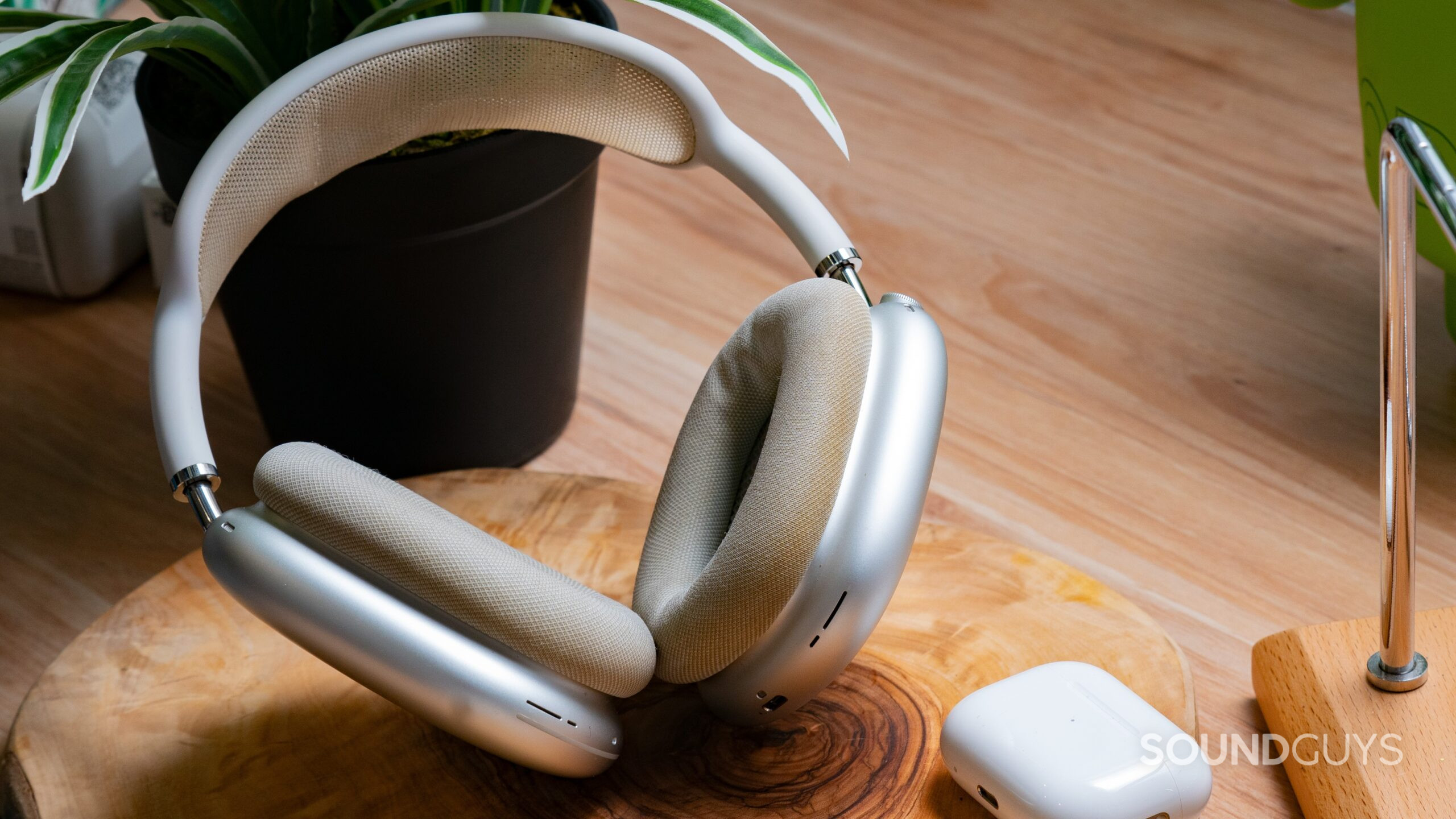
Apple’s first and only set of over-ear headphones are one of the best pure noise cancellers you can buy. However, the AirPods Max may not be the ones to buy owing to their high cost and relatively poor flexibility. Unless you own an iPhone and have a large budget, there are too many competing models out there that offer a similar level of ANC performance and comparable sound quality.
Loading chart ...
As top-tier noise canceling headphones, the AirPods Max use hybrid active noise canceling for optimal noise cancelation. As we’ve seen from the Apple AirPods Pro (1st generation), the AirPods Max supports Adaptive EQ, which adjusts the frequency response in real-time, adjusting for how the headset fits.
Audio performance is right where you’d expect it to be for an Apple product, with much better performance than some of the cheaper options on this list. However, the headphones use only SBC and AAC — meaning no higher-bitrate codecs like LDAC.


Maybe. Only iPhone users will truly enjoy all the benefits the AirPods Max has to offer. As an Android user, you’ll miss out on call quality, firmware updates, Spatial Audio, and more. Hence, if you’re choosing between the Apple AirPods Max and the Sennheiser MOMENTUM 4 or the Sony WH-1000XM5, pick one of the latter two or get an iPhone.
Loading chart ...
The chart below shows how the sound of the Apple AirPods Max was assessed by the Multi-Dimensional Audio Quality Score (MDAQS) algorithm from HEAD acoustics.
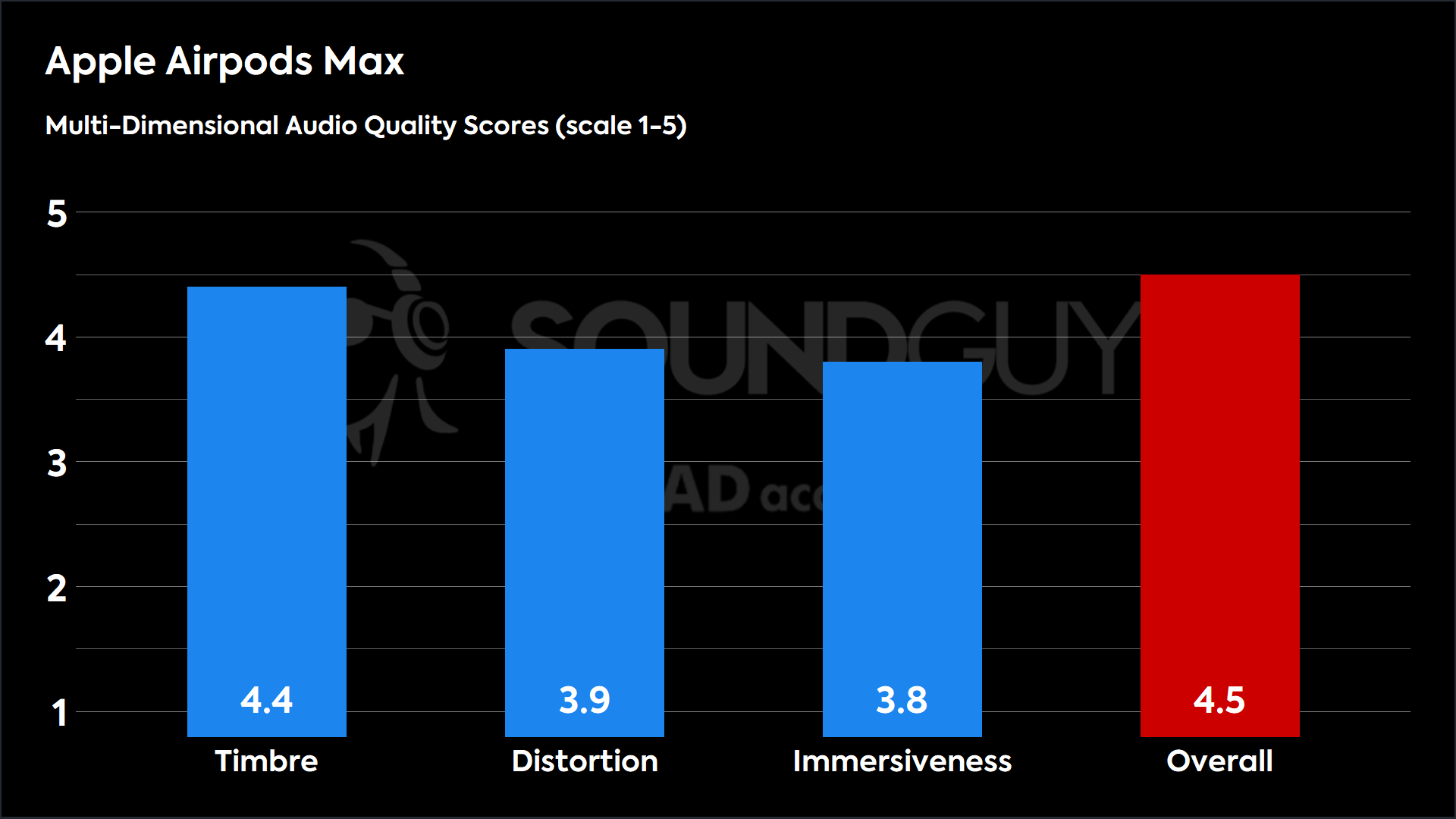
The microphone performance is very good, but you may notice the better performance when you pair the headphones to an Apple device.
Apple AirPods Max microphone demo (Ideal conditions):
Apple AirPods Max microphone demo (Office conditions):
How does the mic sound to you?
The Sony ULT Wear has great ANC if you like a lot of bass
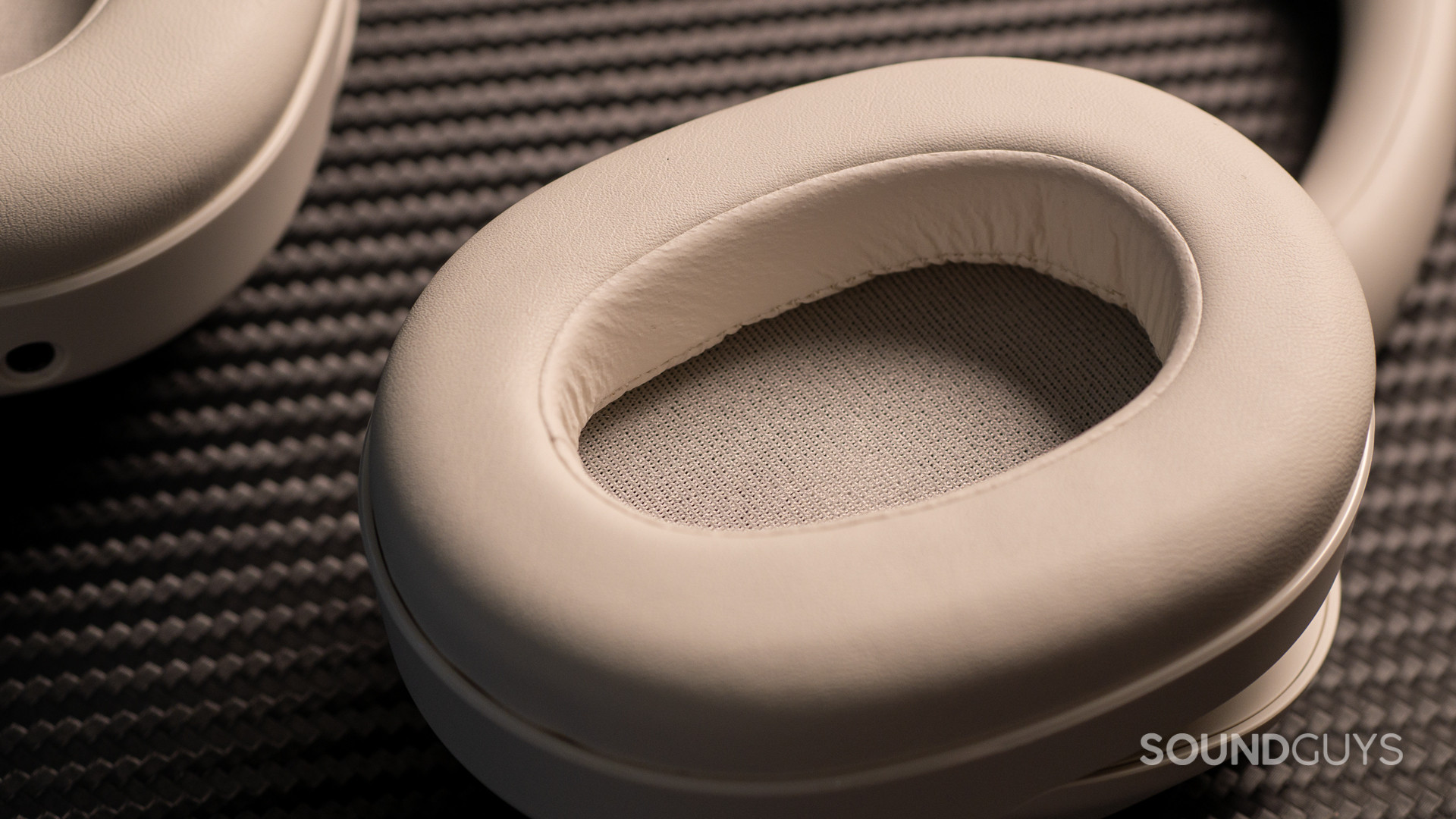
The Sony ULT WEAR offers capable active noise cancelation performance for the price. Our tests found the headphones consistently attenuate over 25dB of ambient noise above 80Hz through a combination of ANC and passive isolation from the ear pads. While not quite on par with Sony’s highest-end options, the noise canceling should prove effective enough for commutes and air travel.
Loading chart ...
Beyond the solid noise canceling, other strengths of the ULT WEAR include impressive battery life exceeding 32 hours per charge, multipoint Bluetooth connectivity, and a comfortable fit with large ear cups that accommodate bigger ears well. The headphones also support Sony’s immersive 360 Reality Audio with head tracking when used with the companion app. However, we were a bit disappointed with the excessive bass emphasis of the default tuning and special “ULT” sound mode, which dramatically boosts low frequencies to an overpowering degree. But if you’re a bass head, you’ll probably like it.

[
Loading chart ...
Even with default settings, the bass and sub-bass are quite strongly emphasized over the highs — which are a little under-emphasized outside a peak near 8kHz. While this is a pretty expected result coming from a lineage of headphones branded “Xtra Bass,” there’s a point at which this needs to stop, and we’ve passed it.
/faq]
The chart below shows how the sound of the Sony ULT WEAR was assessed by the Multi-Dimensional Audio Quality Score (MDAQS) algorithm from HEAD acoustics.
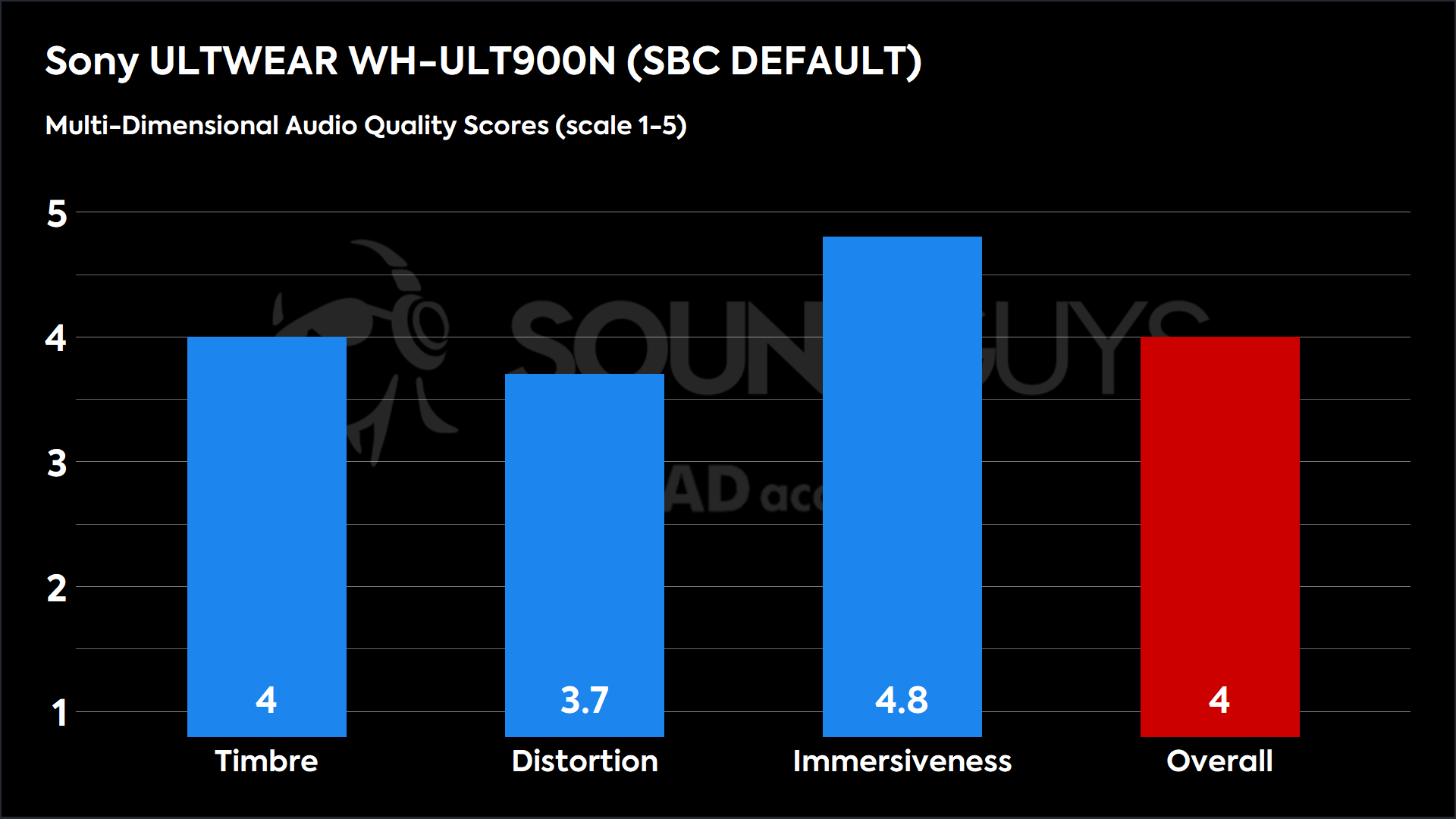
The Edifier W820NB Plus has great ANC for cheap
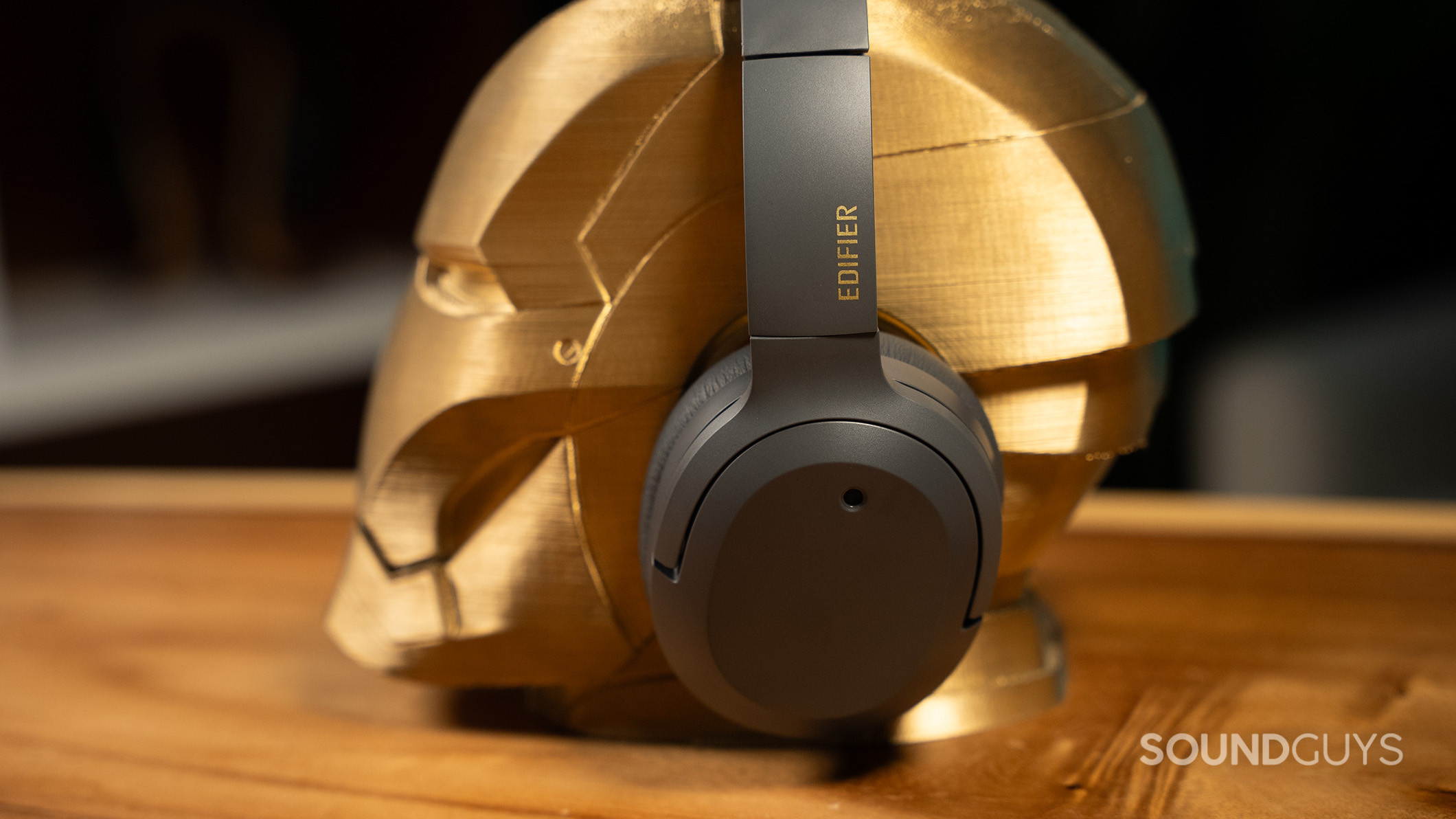
The Edifier W820NB Plus presents a compelling budget choice for those seeking decent noise cancelation without breaking the bank. While not the most premium ANC experience, our tests show the W820NB Plus provides good passive noise isolation thanks to the well-fitting ear pads that help reduce ambient noise. The active noise canceling mode is also quite effective at nullifying low-frequency sounds like engine rumbles when commuting.
Loading chart ...
Beyond the capable noise canceling, the W820NB Plus offers a well-balanced, natural-sounding default audio tuning that scores impressively well in our perceptual tests. Other strengths include a comfortable fit with plush padding, a long battery life exceeding 31 hours, and versatile connectivity with support for LDAC codec and a wired USB audio option.
However, the non-folding design is a notable drawback for travelers and commuters. The headphones also lack a customizable EQ for fine-tuning the sound. But for casual listeners on a tight budget seeking solid all-around noise canceling performance, the Edifier W820NB Plus emerges as a value-packed option that gets the job done without much fuss.

Loading chart ...
The chart above shows how the Edifier W820NB Plus’s frequency response compares to our headphone preference curve. The headphones follow our preference curve quite closely in the low end, with only a bit of deviation in the mid and high frequencies.
The chart below shows how the sound of the Edifier W820NB Plus was assessed by the Multi-Dimensional Audio Quality Score (MDAQS) algorithm from HEAD acoustics.
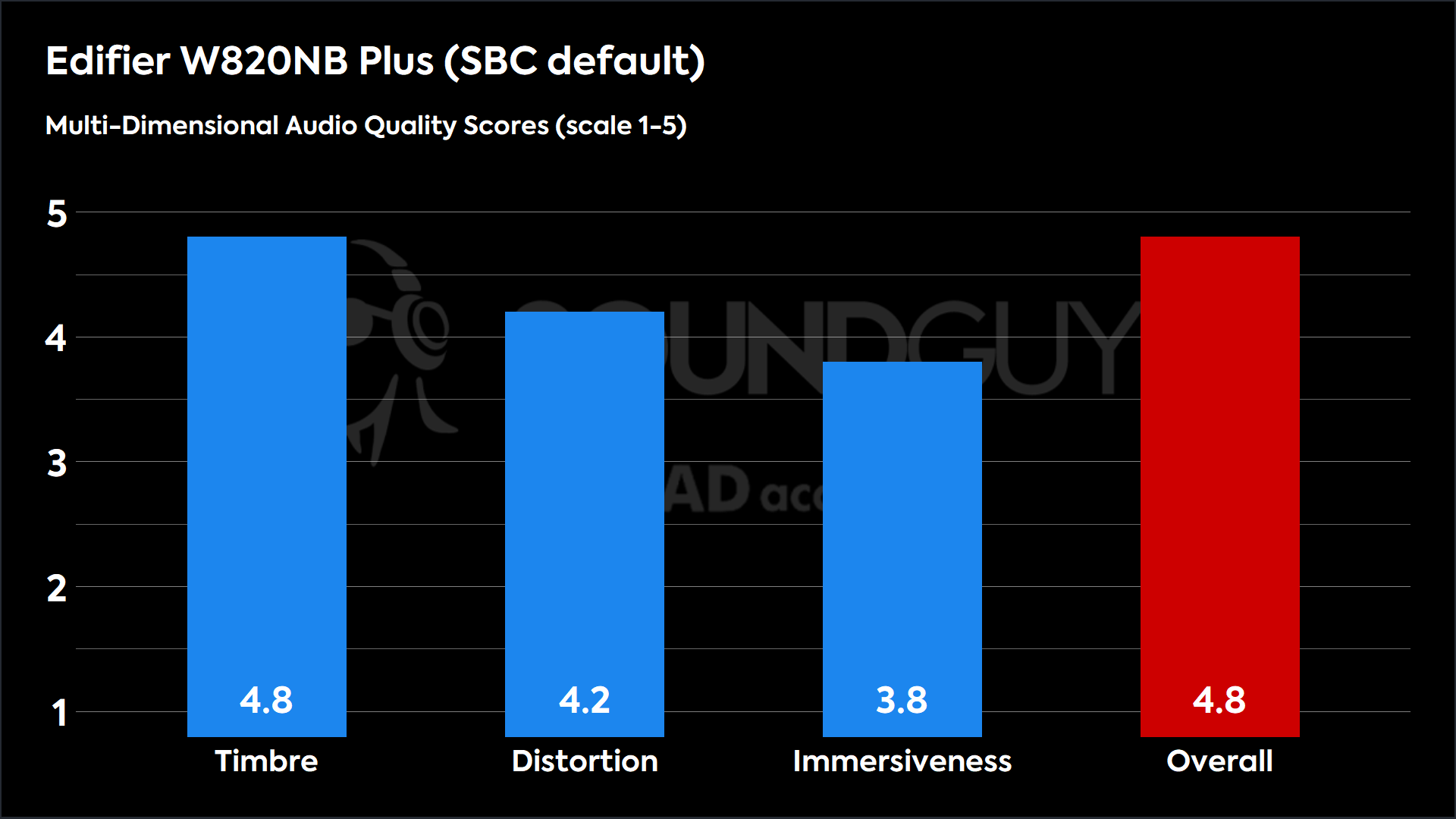
Should you get the Sonos Ace?
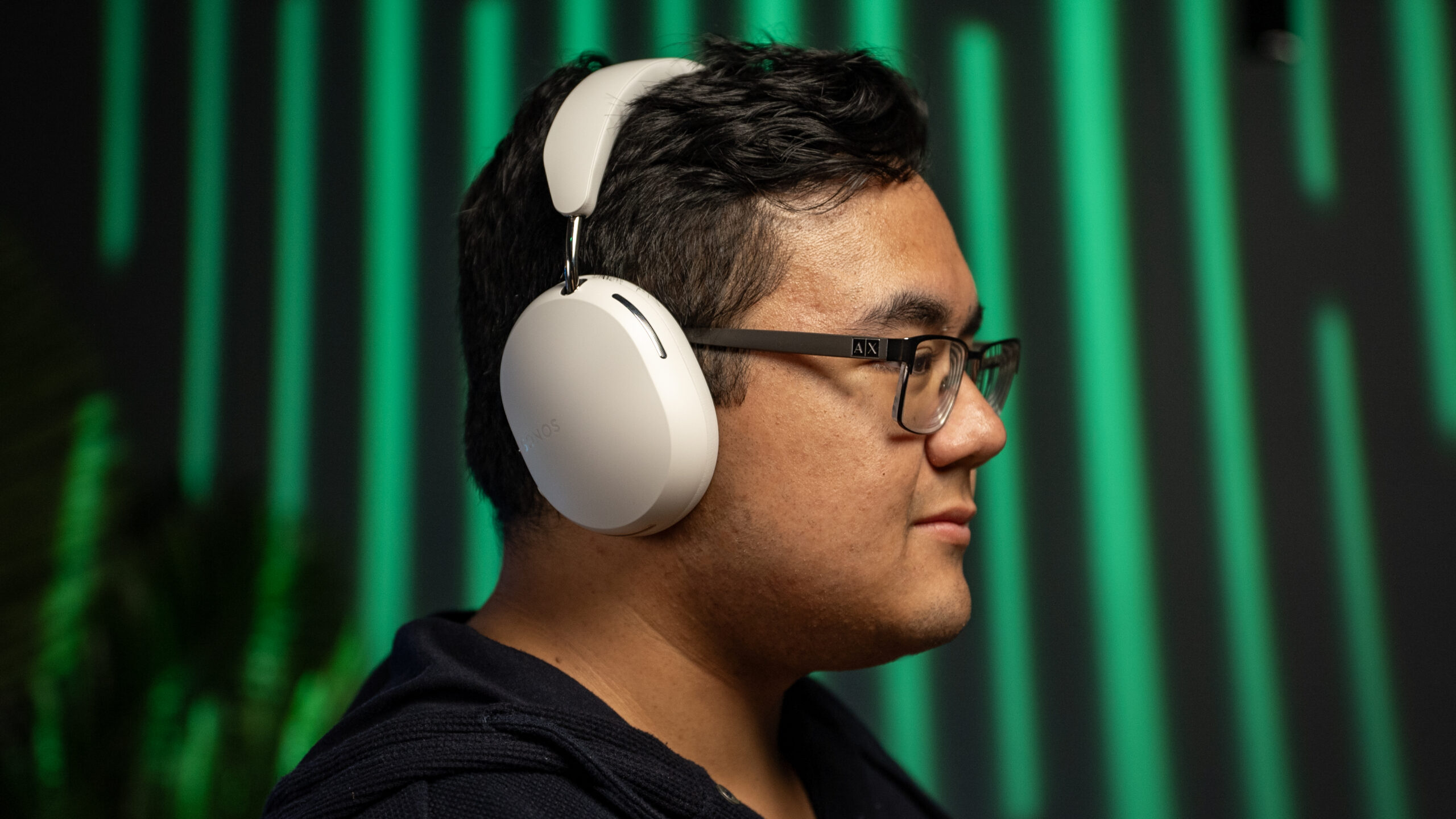
The Sonos Ace is a premium set of noise-canceling headphones that delivers an immersive audio experience, making it an excellent choice for cinephiles and Sonos ecosystem users. While not quite outperforming flagships from Bose and Apple, Ace’s active noise cancelation performs admirably, reducing environmental noise like buses, trains, and airplane engines by about 74%.
Loading chart ...
The Ace’s dense ear pads provide excellent passive noise isolation, on par with the Bose QuietComfort Ultra headphones. The headphones also feature a transparency “Aware” mode that effectively raises the volume of nearby speech while filtering out distracting ambient sounds like wind and room noise.
In addition to its impressive noise canceling prowess, the Sonos Ace boasts features like Dolby Atmos support with head tracking, custom-tuned 40mm drivers, and seamless integration with Sonos soundbars via the TV Audio Swap feature. While pricey at $449, the Ace offers a compelling option for those seeking a premium noise canceling experience, especially if they’re already invested in the Sonos ecosystem.

The Soundcore by Anker Life Q30 are good bang for the buck
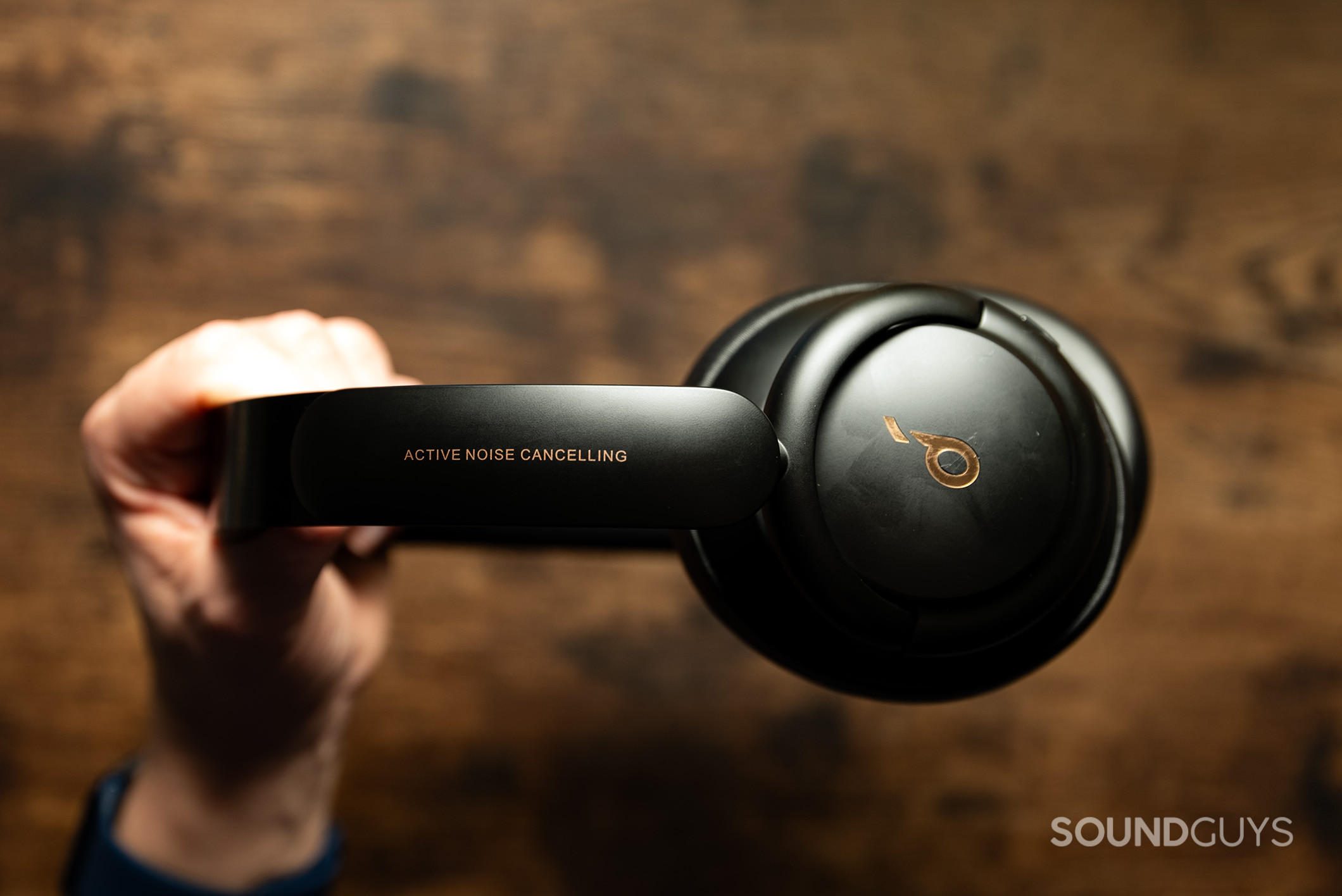
Loading chart ...
The Q30’s ANC capability performs well in reducing environmental noise. You also get three ANC modes to toggle between in the app, depending on whether you are indoors, outdoors, or on the go. The Soundcore app further allows customization of the sound profile through its equalizer, though the EQ presets aren’t as effective as you’ll find in more expensive options. As is becoming common with headphones, there is a lot of over-emphasis on the bass and higher harmonics, which, while not ideal, can be fun for listening to high-energy genres.

Loading chart ...
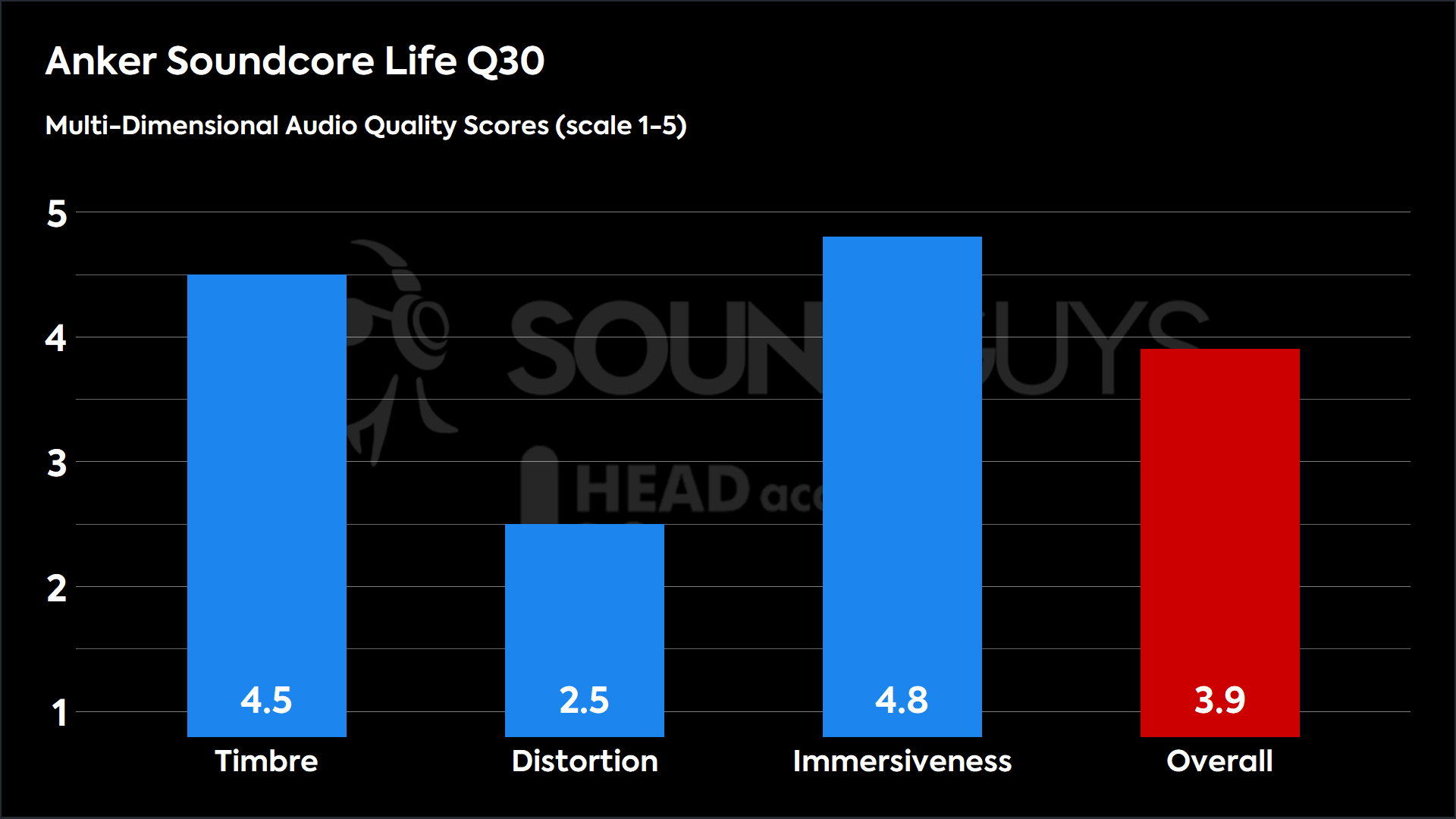
The Bose QuietComfort Headphones have great noise canceling but an odd frequency response
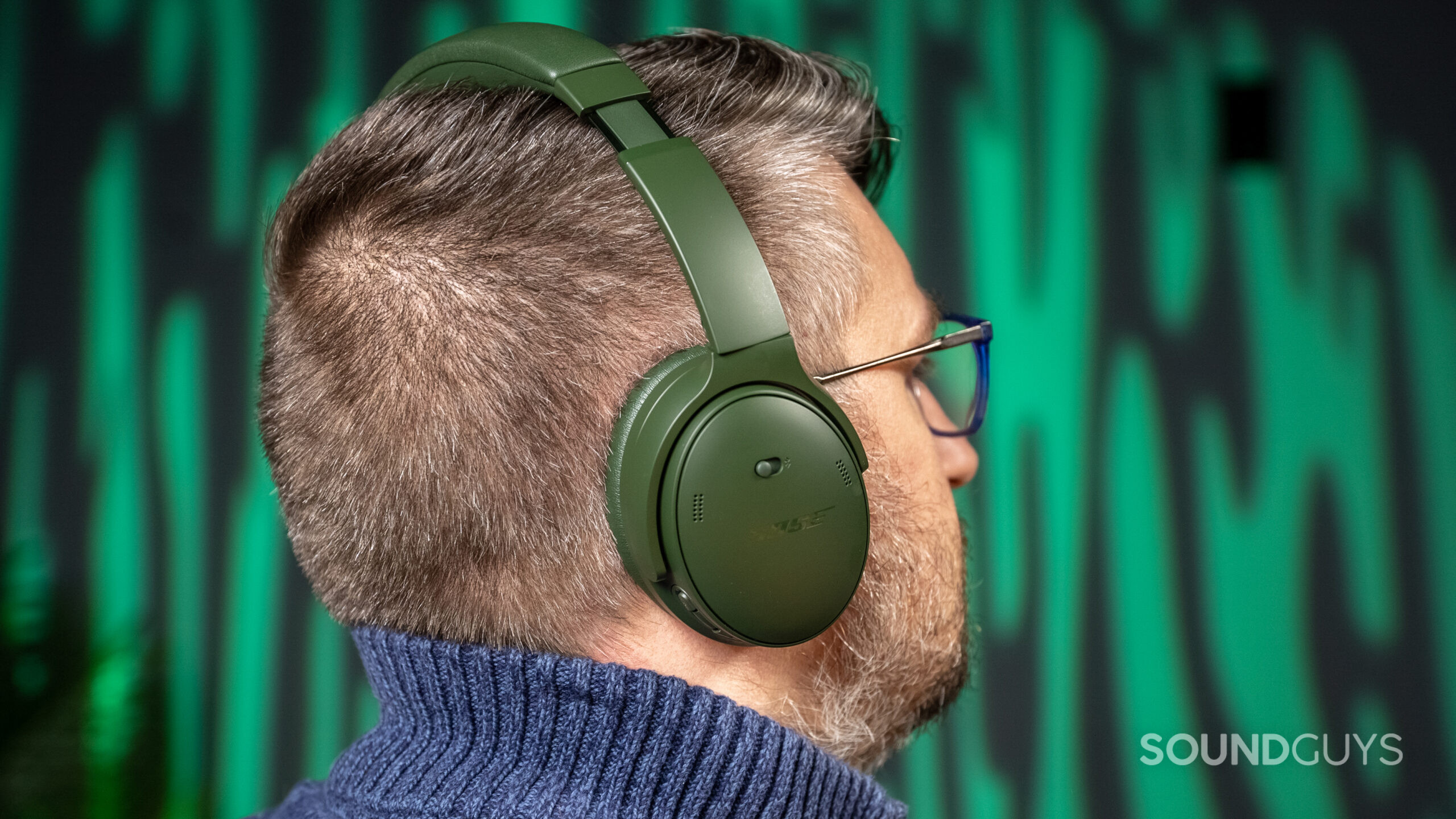
Loading chart ...
In terms of sound quality, the QuietComfort headphones present a mixed bag. The sub-bass is noticeably over-emphasized, overshadowing the mid frequencies and creating an unbalanced sound profile. This heavy bass can distort the perception of mid-range sounds, making them appear weaker. The headphones do align well with our preferred headphone curve above 60Hz, but the irregularities in the high frequencies (notably around 6-8kHz) can lead to an unusual listening experience. Compared to its predecessor, the Bose QuietComfort 45, the new model falls short in delivering a well-rounded audio experience. Despite the availability of the Bose app, it doesn’t rectify these sound issues fully.
In summary, while the Bose QuietComfort Headphones excel in noise cancelation, their peculiar frequency response in the sub-bass and high frequencies may not appeal to all users, especially those sensitive to tonal balance and treble clarity.

The best noise canceling headphones: Notable mentions
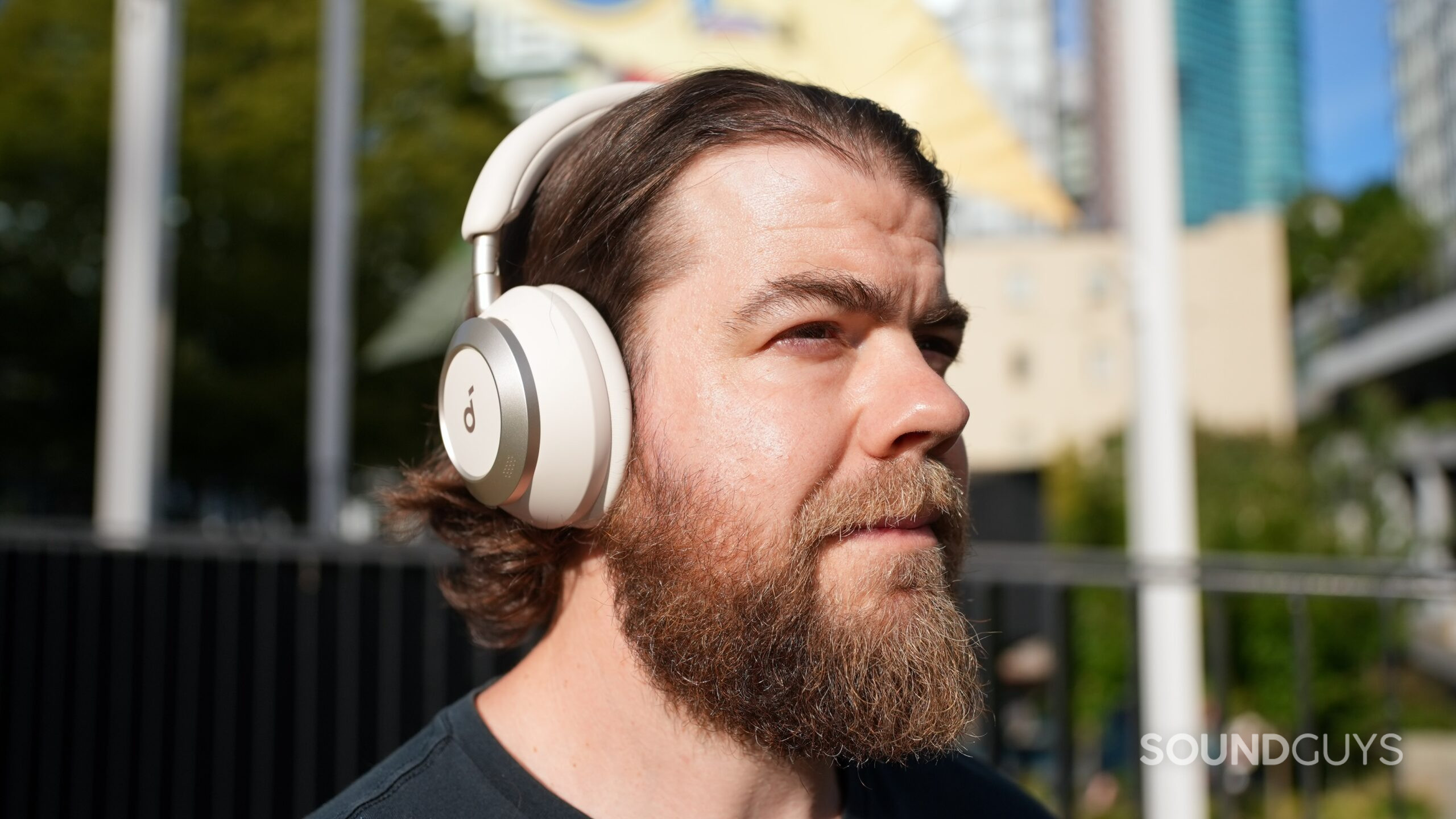
- Anker Soundcore Space Q45 ($149 at Amazon): Although they fall short in terms of frequency response, the Anker Soundcore Space Q45 deliver solid active noise canceling for a low price ($149 at Amazon). They are a decent option for anyone looking for an inexpensive headset that still handles loud environments with a deft touch.
- Anker Soundcore Space One ($99.99 at Amazon): These are the latest noise canceling cans from Soundcore by Anker, stated to reduce outside noise by 98%. We are still in the process of testing these, but based on the majority of user feedback, it looks like another success in the brand’s value headset lineup.
- Bowers & Wilkins PX8 ($699 at Amazon): The successor to the venerable PX7, these headphones throw everything but the kitchen sink at you. However, the price tag is enormous.
- Focal Bathys ($699 at Amazon): We have these tested, and they’re great—but they’re also $699 and only cancel noise as well as the Sennheiser MOMENTUM 4 Wireless, so they’re a tough sell to a general crowd. For an audiophile, however, they’re definitely worth a look.
- Jabra Elite 85h ($190.99 at Best Buy): These headphones offer great sound and good noise canceling for the mid-range market and also have automatic ear detection and water resistance, amongst other more unusual features.
- JBL Tour One M3 (on the product's website): This is an unbelievably good set of noise-cancelers, but they lose out on the top spots due to falling slightly short on sound quality. There isn’t a huge gulf between these and the top options, so you may see these leapfrog some of the other picks here as time goes on and new features become more important.
- JLab JBuds Lux ANC ($79.99 at Amazon): The JLab JBuds Lux ANC is a decent set of ANC headphones for the budget-conscious. With between 10 and 20dB of noise cancelation under 700Hz, you can expect between 50 and 75% of outside noise in the lows. But the JLab JBuds Lux ANC shines with high-frequency noise, as the ear cups do an outstanding job of creating a seal to your head. Because of this, the headphones isolate your ears from outside noise and physically block up to 46dB of outside noise the higher in frequency you go.
- Marshall Monitor III ANC ($349.99 at Amazon): If you travel often, the Marshall Monitor III ANC are worth considering thanks to their connectivity options, great travel case, and good noise canceling.
- Puro Sound Labs PuroQuiet ($139 at Amazon): An affordable and sleek pair of active noise canceling headphones for children. The design fits smaller heads and limits the maximum volume to help protect your kiddo’s hearing.
- Sennheiser MOMENTUM 4 Wireless ($289.23 at Amazon): If you’re looking for a slightly more affordable set of ANC headphones in comparison to the Bose or Sony offerings: the Sennheiser MOMENTUM 4 Wireless is not a bad way to go. While its ANC is technically behind the other top-tier headphones, its sound quality is ahead of the pack—as is its battery life.
- Sennheiser ACCENTUM Plus ($217.95 at Amazon): If you are looking for a middle-ground ANC headphone to last you a few years, these are great for the price.
- Sony WH-CH720N ($799 at Amazon): If you’re looking for a decent set of noise canceling cans but don’t want to shell out the top-tier headphones, consider these as a good in-between option. They balance app support, good battery life, and solid functionality.
What are the best noise canceling earbuds?
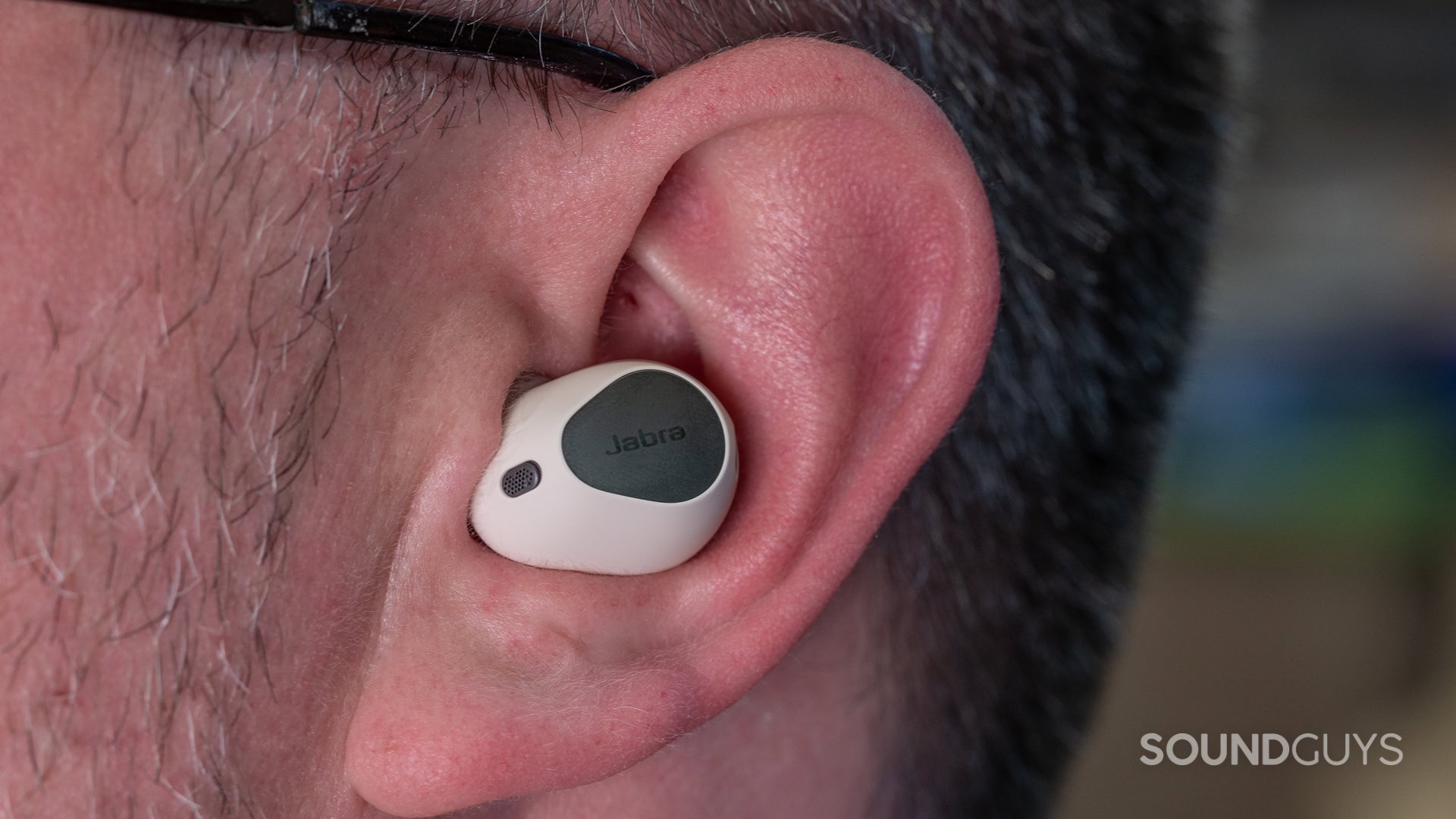
The Jabra Elite 10 Gen 2 are hands-down the best noise canceling wireless earbuds, achieving an impressive 85.1% noise reduction that surpasses the typical 83% ceiling of most competitors. You might notice that at about 500Hz the ANC will only dispel about half of outside noise, but that’s really the worst of it: the rest of the range of human hearing is well-managed by the ANC system.
They are also complemented by good sound quality, comfortable fit, and versatile connectivity options, including the ability to connect to wired sources through its innovative case-as-transmitter feature.


What you should know about the best noise canceling headphones
How do noise canceling headphones work?
Active noise cancellers attempt to increase the quality of your music by using destructive interference to eliminate noise. By using active noise cancelation tech (ANC), you can simultaneously make your music sound better in noisy environments. Still, you can also reduce how much sound your inner ear is subjected to, staving off hearing loss. Even if you use noise canceling headphones, you’re still at risk for noise-induced hearing loss because it doesn’t block out all noise. Be sure to limit your exposure to all sounds above 85dB SPL if possible.
![Sine Waves[UCONN] A chart depicts how an out-of-phase wave can cancel out background noise for ANC headphones.](https://www.soundguys.com/wp-content/uploads/2017/05/Sine-WavesUCONN.jpg)
Can a firmware update make the noise canceling worse on your headphones?
Many people have reported ANC performance declining after an update; we’ve seen this with the Bose QuietComfort 35 II and others. When you experience worse noise canceling after an update, try to factory reset the headset. After resetting the headset, try to install the latest firmware again, but only after your source device and headset are fully charged.
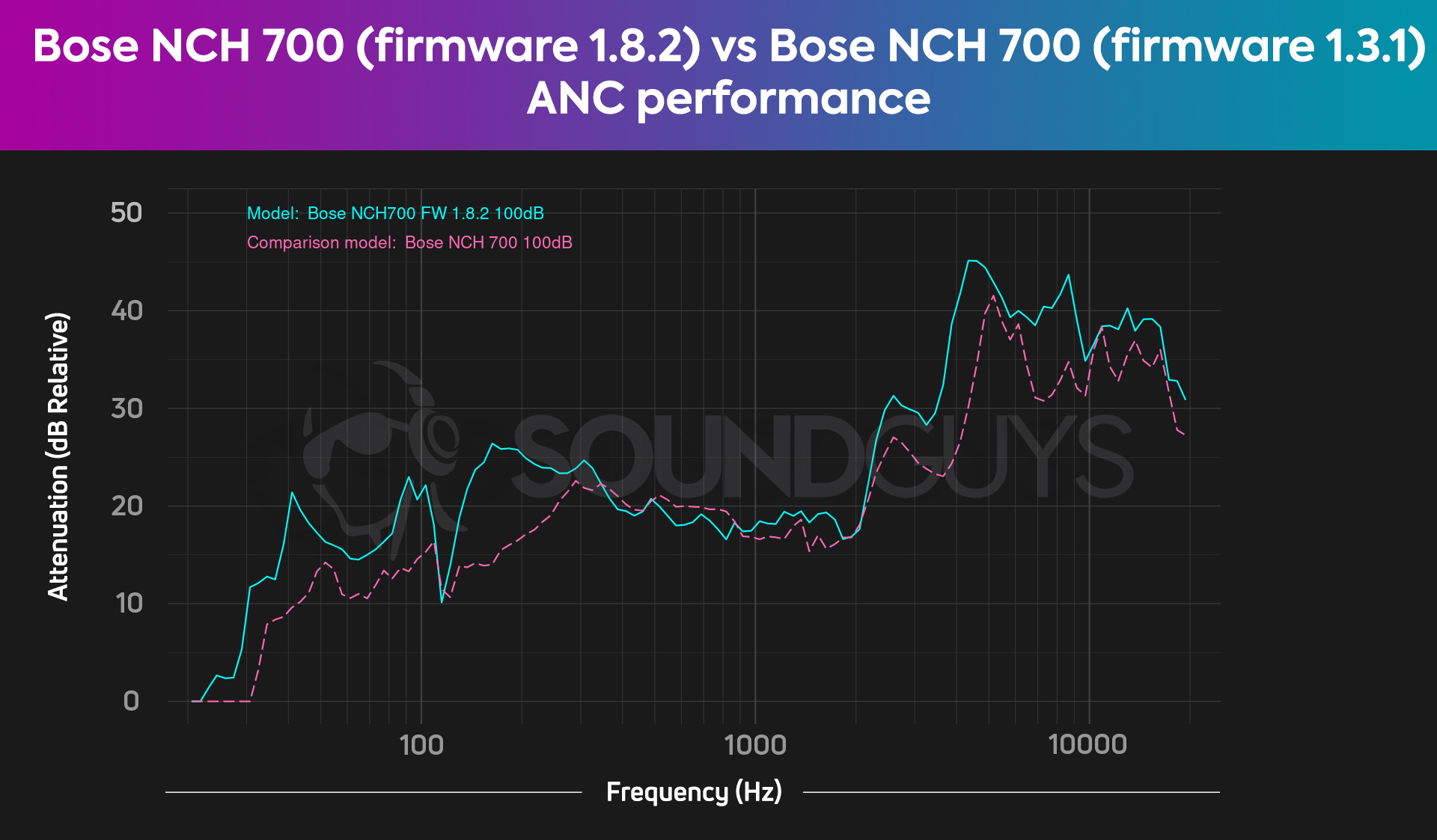
Yes, noise canceling can get better after an update, and we’ve seen this with multiple headsets, most notably the Bose Noise Canceling Headphones 700 and Bose QuietComfort 35 II. Let’s look at the Bose NCH 700. Above, you can see the NCH 700 noise canceling improved after Bose released firmware 1.8.2. Bose takes its headphone updates seriously, and the fact that you get improved performance throughout a headset’s lifespan increases the product’s value.
What should you get if you don’t want noise canceling headphones?
Active noise cancelation requires the use of batteries, and that’s a pain for many people. There’s really no way around it unless you ditch the active noise cancelation and go for passive isolators. Really, the best way to do that is to get some in-ear. You may find them uncomfortable, but we’ve had good luck with Comply memory foam tips. They conform perfectly to your ear canal every time, which not only means super-good isolation with whatever earbuds you want, but also they’re as comfortable as it gets with that type of audio device.
Do Bluetooth codecs matter for noise canceling headphones?
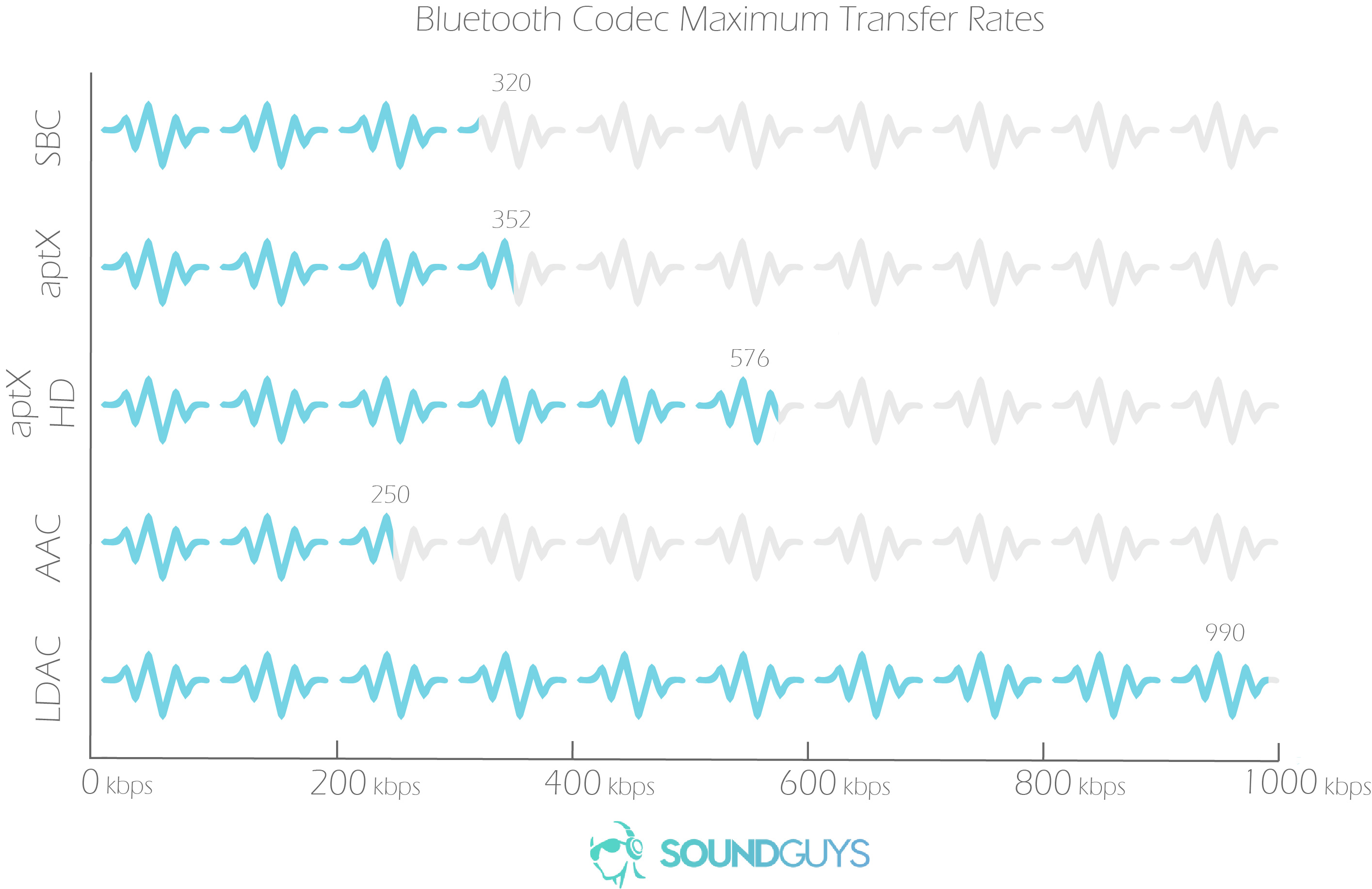
Additionally, you may find that you may need to upgrade your phone if you haven’t in the last few years to get the most out of your audio. Remember how I just said Bluetooth is messy? Well, that’s because its great irony is that despite its namesake, it’s a fractious and varied set of standards that don’t play well together. Unless you have a flagship phone like an iPhone, Galaxy, or V20, chances are good that you’ll be stuck on an older, crappier codec. When studying spec sheets, you’re going to want to make sure that both the headphones and the phones support either AAC, aptX, or LDAC. However, Android phones with Android 8.0 or higher will have these standards by default.
What about ANC headphones in the office?
The truth of the matter is that what makes a set of ANC headphones good in general will make them good for the office. We cover this topic in another article, but it shouldn’t surprise you that our picks for that category look suspiciously similar to the ones listed here.
In general, the level of ANC isn’t as important to an office setting as it is commuting, so don’t get too hung up on the headphones with the most attenuated noise. Instead, you want a good balance of battery performance, sound quality, and microphone performance. It’s probably no surprise then that the Sony WH-1000XM5, with its impressive mic array, does so well in this setting. You can compare how well each headset does in reviews by playing the appropriate office simulation, like so:
Audio-Technica ATH-M20XBT: Office conditions
Sony WH-1000XM5: Office conditions
How SoundGuys tests headphones
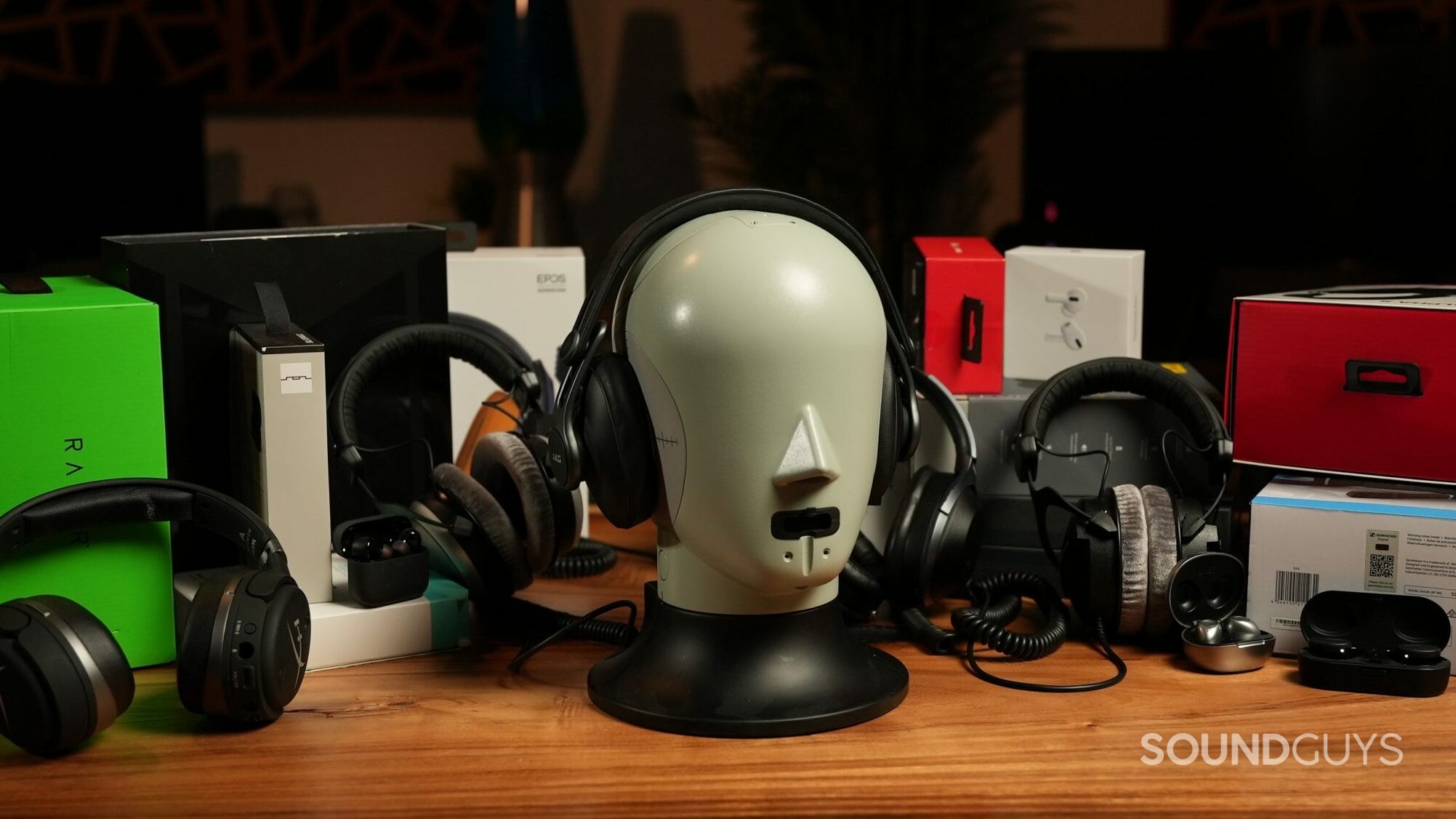
How well headphones and earphones attenuate noise is simple to test. Using our Bruel & Kjaer 5128 test head, we can offer accurate measurements of what a human would experience. Basically, we measure how much the headset under test attenuates our test signal (shaped noise) with and without ANC enabled.
Loading chart ...
While ANC is certainly getting a lot better, it won’t always be perfect at getting rid of incidental noise like people talking, people dropping things, crashes, kids banging pots and pans. In those instances, passive acoustic isolation will serve you better (shown as a solid pink line on our charts)
How SoundGuys chooses candidates and winners
We’ve been covering the consumer audio industry for some time, and we’re aware of what’s happening in the market. However, we give everyone their fair shot because we’re not all-knowing gods of consumer audio or anything, and there are always some surprises out there; yes, even for this best noise canceling headphones list.
It’s also important to check our ideas about what people want at the door because we’re not the ones buying; you are. So, from time to time, we take to social platforms to publish polls to see just how people are actually buying these headphones and what matters most to them.
Every week, we hash out which headphones are the most comfortable, best-sounding, etc. From there, we went down the list of the most important factors and averaged the ranks based on a system of weighting that rewarded categories in order of performance. If we ever encountered two headphones that were roughly “the same” as each other in any one metric, we didn’t split hairs; they got the same sub-rank. Once we got our new number, it was easy to pick our winners!
Why you should trust SoundGuys
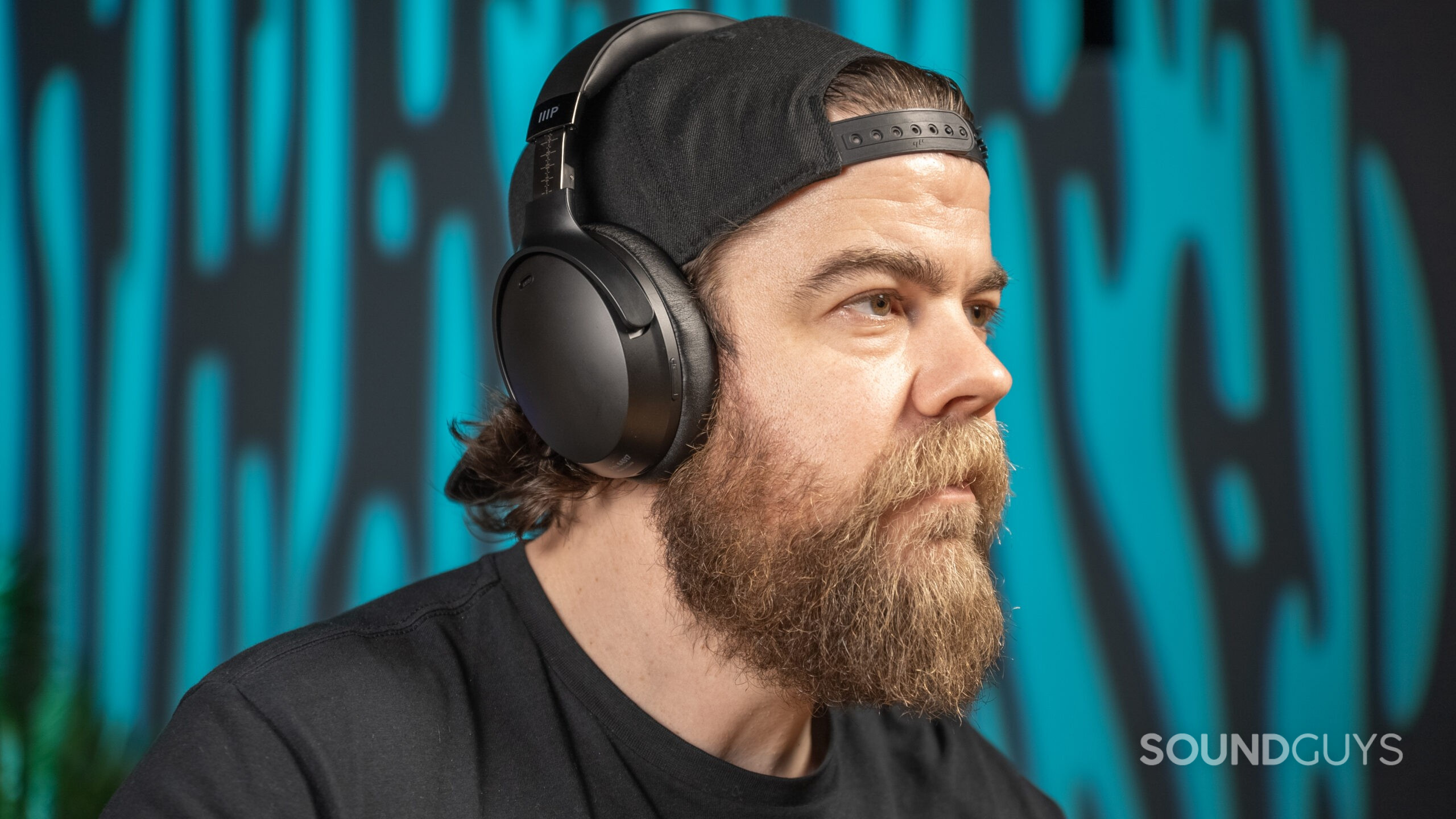
The writers at SoundGuys have accumulated years of experience reporting on the consumer audio market, testing audio products, and helping consumers find the right audio product for them. Our staff adheres to a strict ethics policy, and no writer will gain anything from recommending one brand over another.
We pride ourselves on transparently outlining objective facts and measurements while accounting for the subjective experience to contextualize an audio product’s performance. When we do misspeak, we correct and own up to it.
Frequently asked questions about the best noise canceling headphones
Although the ATH-M50xBT2 is a great headset, it doesn’t have noise canceling. You get decent isolation, though, and very good sound quality that works well for daily listening and studio work. We love the Audio-Technica ATH-M50xBT2 for its uniquely long battery life and various connection options, too.
Great question! We’re actually looking at expanding our current ANC test to include various noise types you’d commonly encounter and assess headphones on their ability to cancel out each one separately. Stay tuned.
JBL makes decent budget-friendly headphones, but their active noise canceling options don’t perform as well as these higher-end choices. That being said, some models, like the JBL Live 650BTNC, have decent active noise canceling for the price, but the sound quality is only okay. If you’re willing to fork over a bit more money, you can get better-quality headphones in the Sennheiser PXC 550-II.
Active noise canceling headphones work by detecting the sound going on around them and then creating a sound wave exactly opposite to the detected sound wave. If a sudden sound occurs, it’s difficult for this technology to detect it and cancel it on time.
For those looking for a solid all-rounder, you’ll probably dig the Sony WH-1000XM5. They tick all the boxes — from fab noise cancelation to slick sound quality. But remember, “best” can be pretty personal. It all depends on what you’re after.
They sure do! It’s all about that Active Noise Cancellation (ANC) magic. Put simply, these headphones listen to the outside world, and then they create their own sound waves to cancel out the noise. But, just to set the record straight, they won’t turn your surroundings into a zen-like silence. It’s quieter, not mute.
If the quiet life is what you’re chasing, the Apple AirPods Max has got your back. They’re top-notch when it comes to turning the volume down on the world.
Both over-ear and in-ear headphones have their perks. If you’re not big on battery life, in-ear headphones, especially with those squishy memory foam tips, can block out noise without the tech. But, if it’s the best ANC capabilities you’re after, over-ear headphones are usually where it’s at.
So, while we’re all for jamming out, sometimes you gotta unplug and stay alert. Think walking on a bustling street, cycling, or when you’re behind the wheel. Sometimes, it’s cool to just vibe with the world around you.
Just a heads up: even with any of these bad boys on, super loud environments can still be, well, loud. Aim to not expose your ears to sounds over 85dB to keep your hearing in check. And, you know, sometimes it’s good to give your ears a breather, especially for young ones.